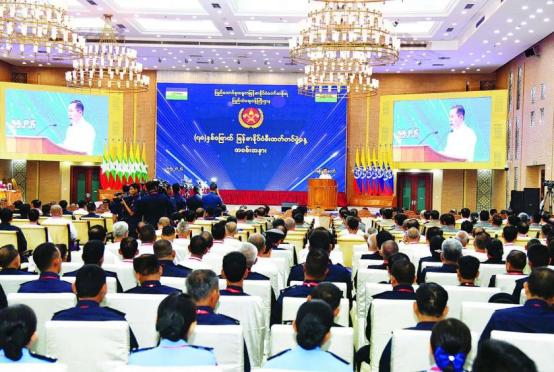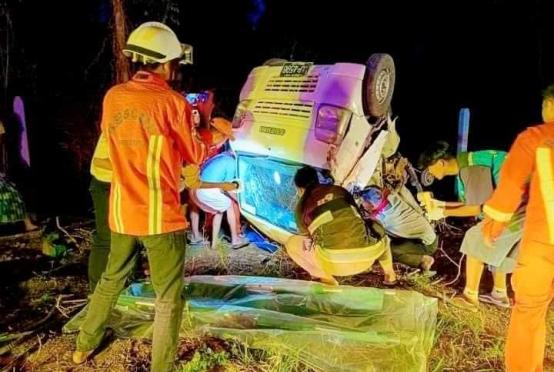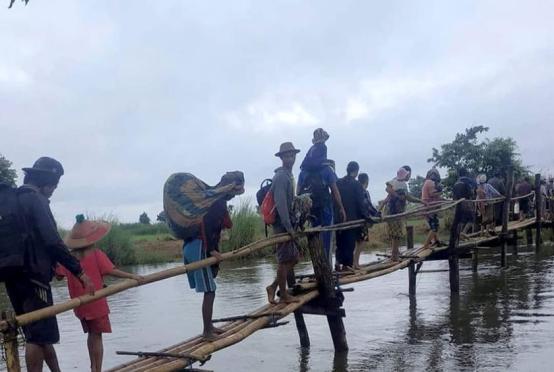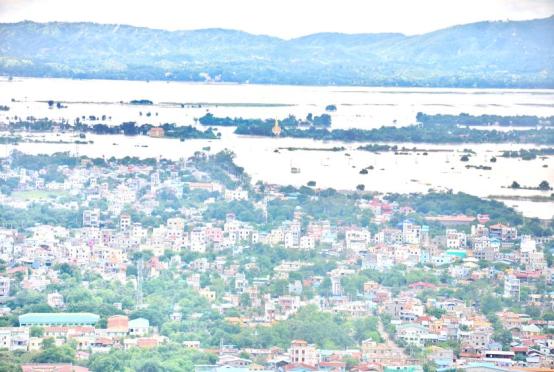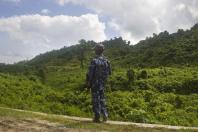by Editorial Desk
KATHMANDU (The Kathmandu Post/ANN) - Human-elephant conflict can be avoided by employing corridors to connect one protected area to another.
Anti-poaching efforts have been very successful in Nepal. Even then, the country’s tiny elephant population is decreasing at an alarming rate. The elephant deaths, two to three a year among a population of 100-150, are mainly attributed to negative human-wildlife interactions in which locals kill the animals in retaliation for the destruction they leave behind. Such conflicts aren’t just harmful to the tuskers, but also to the humans—with locals having their crops eaten or trampled on, getting their property destroyed and sometimes even losing their very lives. Although reprisal by locals, in view of the damage, is understandable, it is absurd to take matters to the point of killing these magnificent beings.
Elephants are an essential part of the ecosystem. With the human population increasing, bringing with it increased land use, it is essential for the government and the authorities concerned to employ methods to separate human settlements from elephant habitats. Only such isolation will restore the positive attitude of locals towards the pachyderms, and at the same time, let them restore their numbers.
Dinesh Neupane, a researcher focused on elephants, says that ‘only 5.4 percent’ of the natural area these giant mammals used to call home remains. A bigger problem, however, is the fragmentation of the remaining habitat into isolated protected areas. Over the years, areas between national parks have been settled by humans. Herein lies the problem. Elephants are nomadic by nature. Their food requirement of 330 pounds of fruits and vegetables a day necessitates movement. If they were to stay in one place for too long, they would deplete resources beyond repair.
Elephants migrate along a fixed route seasonally every year. But the fragmentation of their habitat means that they have no choice but to enter human settlements when crossing over from one protected area to another. When construction projects like the Kathmandu-Nijgadh fast track road and the Motihari-Raxaul-Amlekhgunj oil pipeline obstruct paths further, elephants are even more likely to go out to human settlements to search for food.
Human-elephant conflicts are unlikely to decrease unless the elephants have an adequately wide corridor to pass across national parks (over state boundaries, even). In the past, the authorities concerned have often been myopic in implementing solutions. Wildlife crossings constructed at a cost of Rs50 million in 2017, for example, were found to be of inadequate size to allow the jumbos to cross through.
One possible long-term solution could be the Tarai Arc Landscape project, which envisions national parks across Nepal and India to be stitched together with buffer zones and community forests in between. Proper implementation of the Tarai Arc Landscape, along with the use of proper-sized wildlife corridors, would go a long way in reducing human-elephant conflict. At the same time, local communities need to be educated on the benefits eco-tourism brings to their region. A more efficient and equitable distribution of the money gained from tourism would go a long way in reducing the negative perception elephants may have gained. If local communities are involved as stakeholders in tourism as well as conservation, the animosity resulting from inevitable encounters may be mitigated.


